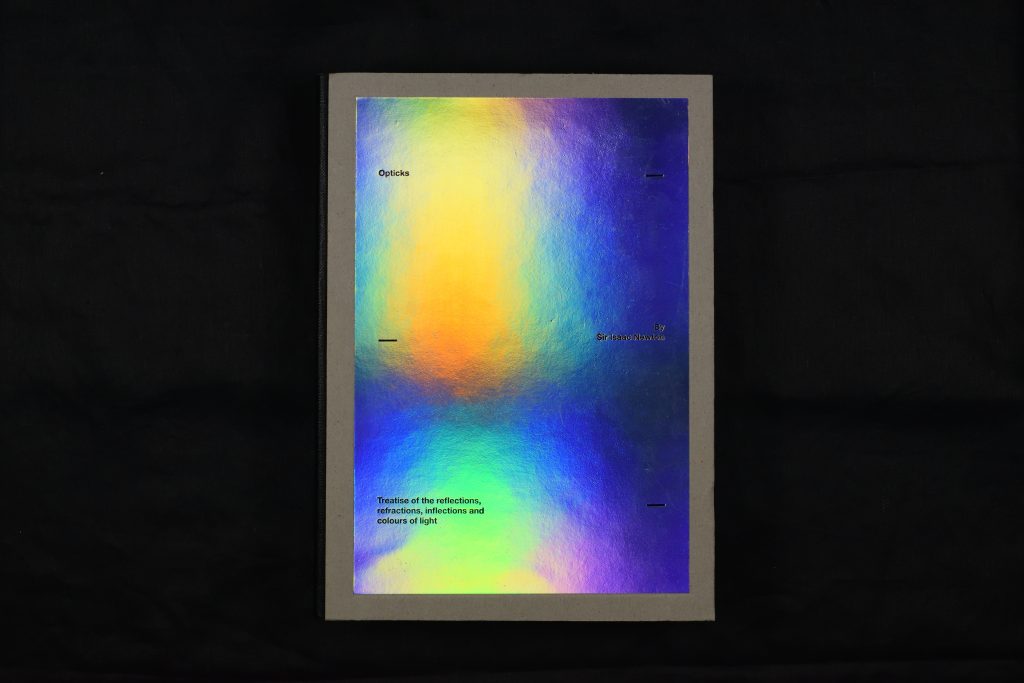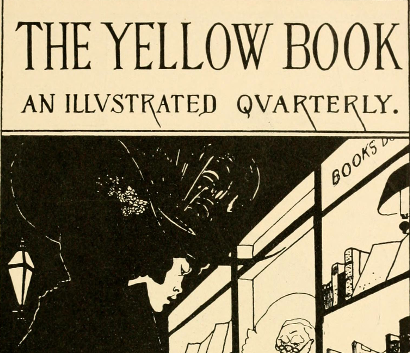Matt Shaw, College Librarian
The College’s ‘academic cluster’ theme for 2024/2025 is ‘perception’. A broad topic indeed, but the Library has nonetheless attempted to illuminate some of its aspects in a display of books in the Upper Library. An online version of the show can now be visited on the College’s website, along with several other recent exhibitions.
Ten items, ranging over five centuries, are on display. The oldest is a book printed in Basel in 1470. It is an edition of Bartholomaeus Anglicus’s Latin encyclopaedia De Proprietatibus rerum, the original text of which provided its translator, John Trevisa, with the source of the first English appearance of the word ‘perception’, meaning a sense of the divine. The newest (in terms of creation if not publication) – 1985 – is an inscribed copy of the neurologist, writer, and Old Member Oliver Sacks’ The Man Who Mistook His Wife for a Hat. As a concept, ‘perception’ had long-since shifted from the theological to the philosophical, physiological, and psychological, and Sacks’ series of medical case studies explored how our awareness of the world and ourselves is mediated by the brain and mind, often in untrustworthy ways. Much like Bartholomaeus’s encyclopaedia, Sacks’ book was a bestseller.
The Library items on display also explore a range of uses of the term between these two points, including a text that includes another Old Member’s exploration of happiness and the philosophy of perception: Jeremy Bentham’s An Introduction to the Principles of Morals and Legislation (1789). A publishing flop rather than bestseller, the promotion of happiness (and punishment by the deprivation of perceptual pleasures) nonetheless profoundly influenced social reformers and Utilitarians of the nineteenth century and later.
Visual pleasure is provided by a recent edition of Sir Isaac Newton’s Opticks. The College holds two copies of the first, 1704 edition of Newton’s investigation into the properties of light and the scientific method, but neither offer a rainbow fore-edge or the reflective cover of the edition included in the exhibition. Adlus Huxley, whose Doors of Perception (1954) is also included, might have appreciated staring into the psychedelic patterns produced. Further local interest includes a later edition of Edwin Abbott Abbott’s Flatland, printed by Basil Blackwell, Oxford in 1950. While the exhibition can be seen in two dimensions on the web at Perception: an exhibition – The Queen’s College, Oxford, it can at the time of writing still be seen by current and Old Members in three dimensions in the Upper Library. Discussion of what it means to physically perceive the display might be found in the early edition of Maurice Merleau-Ponty’s Phénoménologie de la perception (1945).



